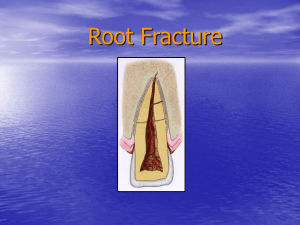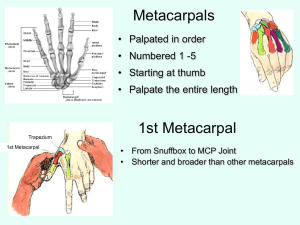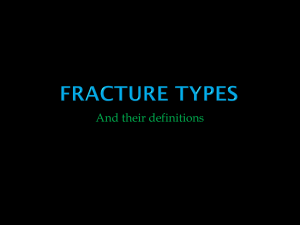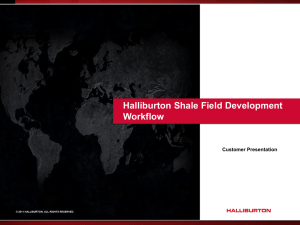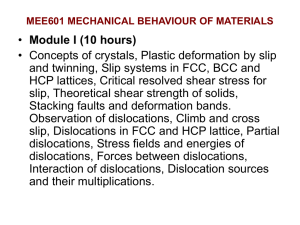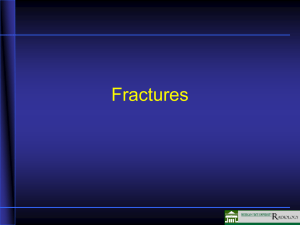File - Logan Class of December 2011
advertisement
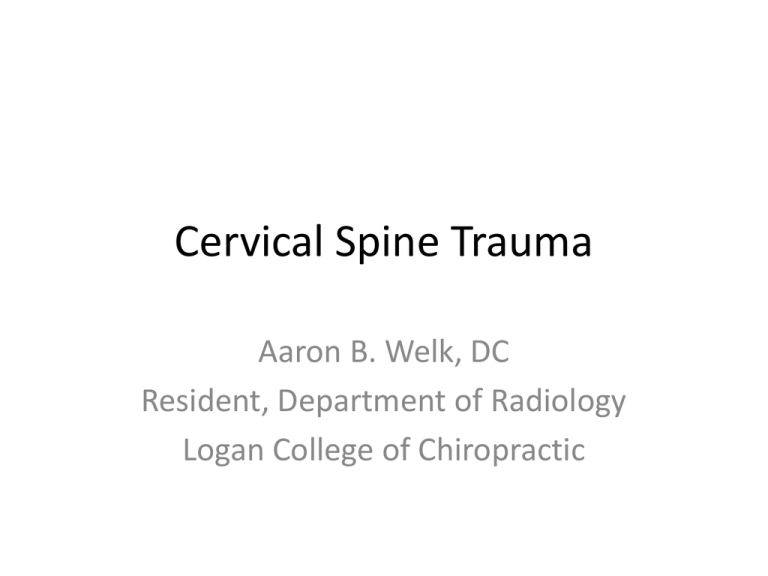
Cervical Spine Trauma Aaron B. Welk, DC Resident, Department of Radiology Logan College of Chiropractic Three Column Model • Anterior – ALL – Anterior half of vertebral body, disc, and supporting soft tissues • Middle – PLL – Posterior half of vertebral body, disc, and supporting soft tissues • Posterior – Posterior elements – Facet joints – Associated soft tissues Three Column Model • Disruption of only one column is generally stable • Disruption of 2 or 3 columns implies instability • Flexion and extension films may highlight instability that is not evident on neutral lateral. Evaluation Of Alignment -Instability may be subtle. -Disruption of any one of the anatomical lines may indicate injury. -Evaluation of 4 lines must be done on all lateral films. -Anterior body line (A) -Posterior body line (B) -Spinolaminar line (C) -Posterior spinous line Flexion Injury • Unilateral Locked Facet – Flexion with rotation – Most common location is C4/5 and C5/6 – Little or no body displacement – Bow-tie Sign • Bilateral Locked Facet – Flexion with enough force to distract facets – 50% anterolisthesis on lower segment Unilateral Locked Facet Bilateral Locked Facet Bilateral Locked Facet Left Right Bilateral Locked Facet Sag T2 FSE Sag STIR Spinal Cord Contusion • Non-Hemorrhagic bruising of spinal cord • MRI Appearance: – T1: Low signal intensity – T2: High signal intensity Spinal Cord Contusion Spinal Cord Hemorrhage • Hyperacute: – T1: isointense – T2: high signal intensity • Acute: – T1: Low signal intensity – T2: Low signal intensity • Subacute (early): – T1: high signal intensity – T2: low signal intensity • Subacute (late): – T1: high signal intensity – T2: high signal intensity • Chronic: – T1: isointense – T2: high signal intensity Spinal Cord Hemorrhage T1 T2 Flexion Injury • • Anterior Wedge Compression – Usually Stable unless posterior ligaments are disrupted – Disrupted posterior elements may appear stable initially due to muscle spasm Teardrop Burst – Most severe injury compatible with life. – 80% with neurologic injury – Posterior body is displaced into neural canal Teardrop Burst Fracture Teardrop Burst Fracture Teardrop Burst Fracture Clay-Shoveler’s Fracture • Oblique Fracture through the spinous process of C6-T3 (C6 and C7 are most common) • The name is derived from the common occurrence of this fracture in Australian clay miners. • Usually caused by hyperflexion, although a direct blow can also cause this injury Clay-Shoveler’s fracture Clay-Shoveler’s Fracture Extension Injury • Extension Teardrop – Avulsion of ALL from inferior corner of vertebral body – Usually at C2 or C3 • Hangman’s Fracture – Fracture of the neural arch of C2 with varying degrees of C2/3 disk involvement – Type I- Fracture of neural arch w/o disk involvement – Type II- >3mm displacement or 15˚ angulation at C2/3 – Type III- Anterior displacement of C2 due to unilateral or bilateral facet dislocation. • Pillar/Facet Fracture – Extension injury while head is rotated Extension Teardrop Extension Teardrop Hangman’s Fracture- Type I Hangman’s Fracture- Type II Hangman’s Fracture- Type III Pillar Fracture Pillar Fracture Odontoid Fractures • Mechanism of injury is not fully understood and experimental attempts to recreate have been unsuccessful. • Injury is result of major force and usually results from MVA or falls. • 3 Classifications: – Type I- Fracture of upper portion of dens (Stable) – Type II- Fracture at base of dens at C2 body junction (Unstable) – Type III- Fracture into C2 body (Stable)* Type I Odontoid Fracture Type II Odontoid Fracture Type III Odontoid Fracture Jefferson’s (Burst) Fracture • Ring fracture of C1 due to axial loading • Lateral displacement of lateral masses • May have little or no neurologic deficit unless transverse ligament is ruptured Jefferson’s Fracture References • Musculoskeletal Imaging: The Requisites, 3rd ed. B.J. Manaster, David G. Disler, David A. May, editors. St. Louis: Mosby; 2007. pp 164174 • Diagnosis of Bone and Joint Disorders. 4th ed. Donald Resnick. Philadelphia: W.B. Saunders; 2002. pp 2958-2981 Images • • • • • • • • • • • • • • • • • • http://thejns.org http://radiographics.rsna.org http://download.imaging.consult.com www.medcyclopedia.com http://emedicine.medscape.com http://handbook.muh.ie http://int.prop.if2.cuni.cz http://radiologyinthai.blogspot.com www.aafp.org www.learningradiology.com http://img.orthobullets.com http://img04.webshots.com www.mypacs.net www.medifax.com www.medscape.com http://gentili.us www.med.wayne.edu www.radiologyassistant.nl



